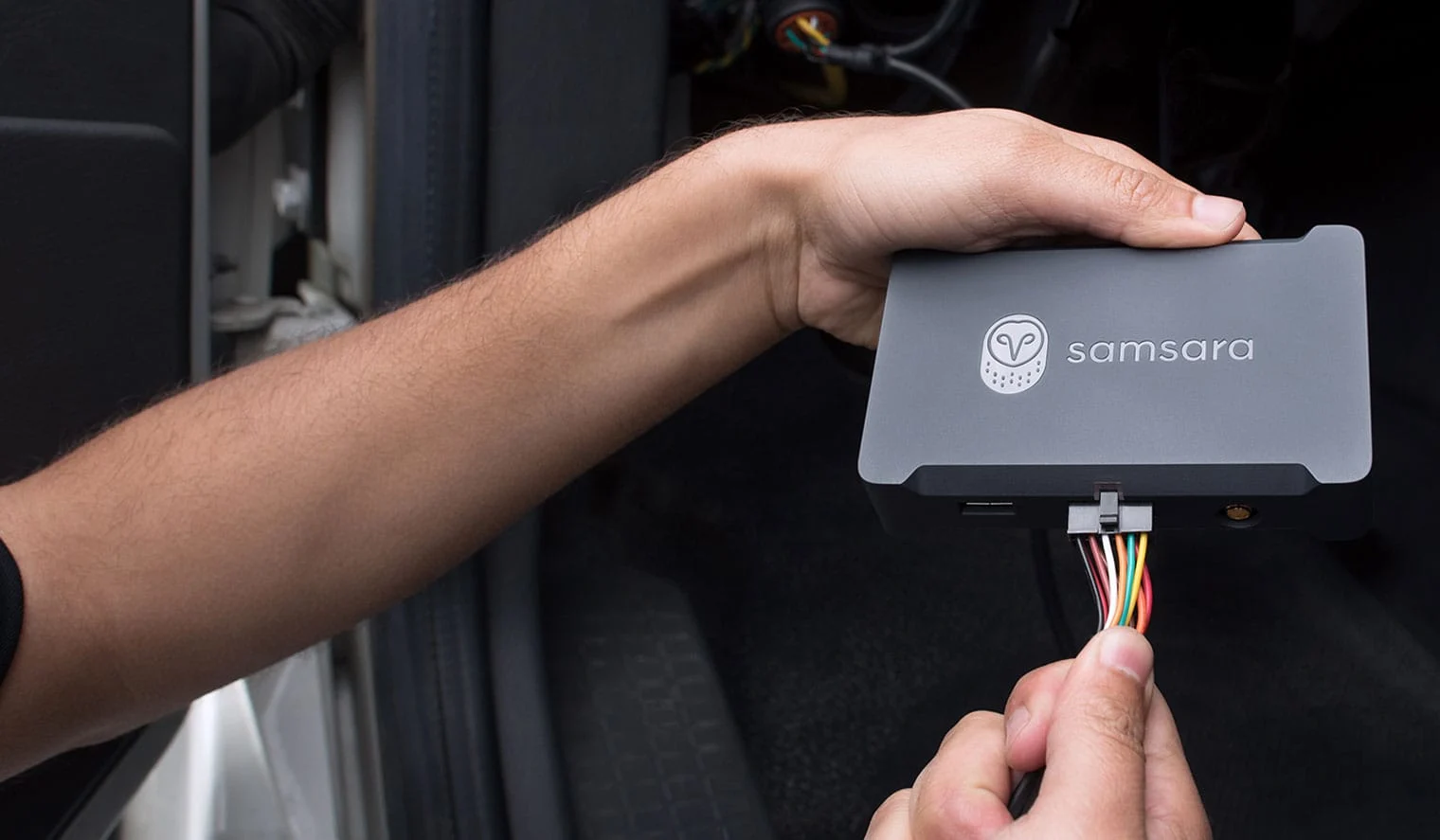Safety
Majority of bridge strikes could be prevented as new tech offers real-time driver alerts
October 16, 2025
Director, Sales Engineering - EMEA

Get the latest from Samsara
Subscribe nowThere are around 1,800 bridge strikes every year—on average, about five a day—according to Network Rail. Each one can lead to road and rail chaos as recovery crews remove vehicles while engineers check for any structural damage. But the disruption doesn’t end there.
Each bridge strike is followed by an investigation and, for those found to be responsible, it can threaten the licences and livelihoods of both drivers and operators alike. But perhaps the most shocking part of this story is that most bridge strikes and the ensuing upheaval are almost entirely preventable.
According to the Prevention of Bridge Strikes Toolkit, developed by the Fleet Operator Recognition Scheme (FORS) in collaboration with Transport for London and Network Rail, three-quarters of incidents are caused by driver error.
Most bridge strikes are preventable
Research by Network Rail found that 43% of HGV drivers admitted that they did not know the size of their vehicle, and 52% said they do not take low bridges into account when planning their journeys.
“Driver education and behaviour change is therefore crucial to reducing the number of bridge strikes,” said FORS, reinforcing the point that bridge strikes are “entirely avoidable if the right measures are put in place”.
The toolkit highlights four steps—based on best practice—that every operator should adopt:
Measure the vehicle height at the start of every shift
Display it clearly in the cab
Plan safe routes using HGV-appropriate tools
Avoid risky situations by equipping drivers to stop and reroute if in doubt
Crucially, the toolkit points to the role of technology, such as HGV-specific Sat Navs and vehicle tracking devices, that use vehicle data to avoid low bridges. And this is exactly what Samsara’s Low Bridge Strike Alerting solution is designed to do. Built into Samsara dash cams and Vehicle Gateways, it uses GPS and mapping data to detect upcoming low bridges, cross-checks against the vehicle’s set height, and delivers real-time audio notifications to the driver in time to re-route away from the bridge effectively.
Samsara’s solution can halt bridge strikes in their tracks
Lee Bedingfield, the head of fleet compliance at Sysco GB—part of the world’s largest food service company—has been working closely with Samsara to develop the Low Bridge Strike Alerting technology.
He explained how Samsara’s technology gives drivers “an extra layer of protection” and means that they “don’t have to constantly think about vehicle height because the tech is doing that for them.”
“Any technology that helps a driver ‘reset’ for a second is worth trying,” said Lee. “That nudge can be the difference in avoiding a bridge strike. Not only are we protecting the business and the brand, but we’re also protecting the driver’s vocational licence.”
And that’s important, because according to Rebecca Dart, a lawyer at DAC Beachcroft who specialises in transport, bridge strikes are “a real bugbear for traffic commissioners at the moment.”
“Bridge strikes must be notified immediately to the Traffic Commissioner,” she said, speaking at a Samsara User Group in London. ”Failure to notify is itself a breach of your licence conditions. When a bridge strike happens, the investigation doesn’t stop with the driver. Operators are scrutinised—your systems, your culture, your response.”
Part of an overall focus on fleet safety
The seriousness of the issue was underlined last year in a letter sent in October 2024 by Richard Turfitt, the Senior Traffic Commissioner for Great Britain, to all operators of large vehicles.
He warned that bridge strikes carry “potentially serious consequences as well as avoidable costs” and that regulatory action is a real possibility for operators who fail to take control measures. These, he said, include proper route planning, effective training for drivers and managers, and ensuring every vehicle in the fleet has its running height recorded and readily available.
“Taking the time now to ensure that you have appropriate control measures in place will save you from the potential costs of regulatory action being taken by a traffic commissioner, which could result in the loss of the operator’s licence or other actions that would impact upon your business,” he wrote.
The message is clear. Bridge strikes are an avoidable hazard that costs millions, disrupts journeys, and puts both operators and drivers at risk. With the right technology installed in the cab—backed by a broader commitment to safety culture in place—fleets now have the tools to stop them before they happen.
Get the latest from Samsara
Subscribe now


















